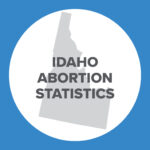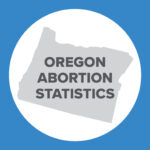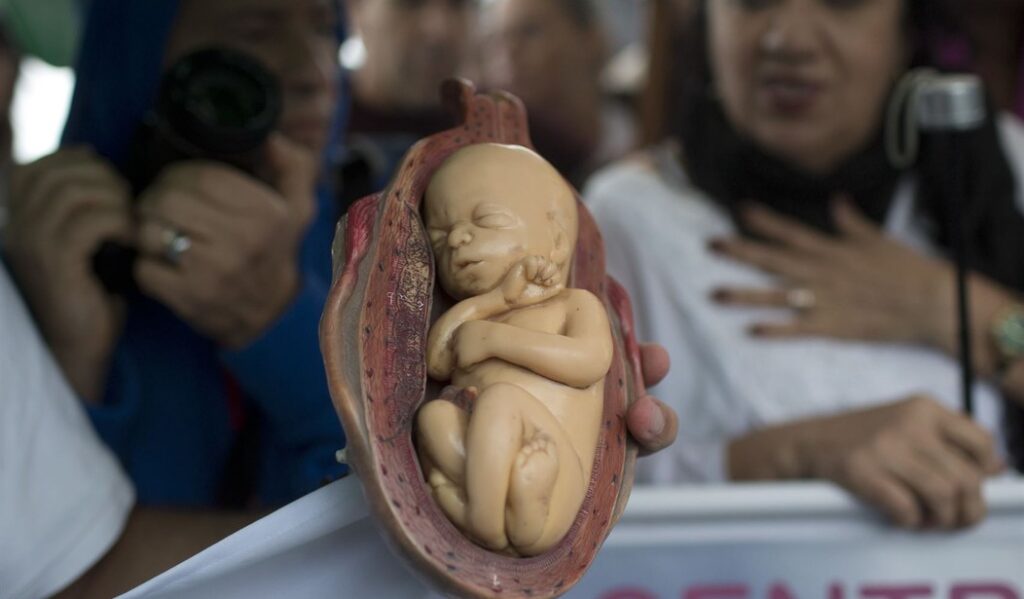Down Syndrome Bill Would Represent a Major Challenge to Both Discrimination Abortion and Roe v. Wade
Ohio Right to Life reports that the Ohio Senate has passed S.B. 164, a bill that would prohibit abortion when the abortionist knows that the mother is seeking the abortion because the baby has Down Syndrome. According to Ohio Right to Life, two weeks earlier “the Ohio House passed an identical piece of legislation, H.B. 214.” If either chamber passes the other chamber’s bill, it is likely that Governor John Kasich will sign it into law. As Ohio Right to Life reports, “[i]n a 2015 interview on CNN, the Governor said he would sign the Down Syndrome Non-Discrimination Act if it made it to his desk.”
The legislation emerging in Ohio has national implications. Banning abortion discrimination based on Down Syndrome would set up a major challenge to key abortion precedents of the U.S. Supreme Court. The federal abortion right was first declared by the Supreme Court in the 1973 case of Roe v. Wade and then affirmed by the Court in the 1992 case of Planned Parenthood v. Casey. The “most central principle” of Roe, according to a plurality of the Court in Casey, is what is sometimes called the viability rule. Under the viability rule, government “may not prohibit any woman from making the ultimate decision to terminate her pregnancy before viability.” The plurality in Casey wrote clearly and emphatically: “The woman’s right to terminate her pregnancy before viability is the most central principle of Roe v. Wade. It is a rule of law and a component of liberty we cannot renounce.” Insofar as a ban on Down Syndrome discrimination abortion applied to all pregnancies whether before or after viability (as the Ohio ban would), such legislation would represent a direct challenge to that “most central principle” of Roe as reaffirmed in Casey.
If confronted with a Down Syndrome nondiscrimination abortion law, the Supreme Court would have at least three options.
Option #1. The Court could uphold Roe and Casey and strike down the Down Syndrome protection.
If confronted with a ban on Down Syndrome discrimination abortion, the Court could uphold the basic principle of Roe and Casey and strike down the Down Syndrome protection as applied to pre-viability abortions. Under this approach, the Court would be forced to rule that the abortion right is not “merely” the general right not to be pregnant, but rather, much more astonishing in scope, the right to terminate a particular child because that particular child possesses a particular condition that renders it vulnerable—Down Syndrome, in this instance.
Three Down Syndrome organizations, advancing in their brief “novel arguments” said to have “originated with Nikolas T. Nikas at the Bioethics Defense Fund” (as explained here), have expressly argued in another case that the Supreme Court “has never framed the protected abortion decision as whether to bear or abort a particular child based on identified traits of genetic variation, disability, or other health condition. Instead,” those organizations argue, “Casey formulated the abortion decision as one confronting a woman ‘when the woman confronts the reality that, despite her attempts to avoid it, she has become pregnant’– not when she accepts a pregnancy at first, but then comes to perceive the child she is carrying as defective” (internal citation to Casey omitted).
That’s a compelling argument. It would be even more compelling when offered to the Court at oral argument in the presence of Down Syndrome Americans, the very class of human beings the law was designed to protect.
Option #2. The Court could preserve Roe and Casey but rule they don’t apply to the Down Syndrome protection.
If confronted with a ban on Down Syndrome discrimination abortion, the Court could preserve Roe and Casey as applied to abortion restrictions generally, but rule that those precedents do not apply to laws designed to advance the government’s interest in eliminating unjust and, in this instance, fatal discrimination, in this case discrimination against unborn children with Down Syndrome.
University of Georgia Law Professor Randy Beck has made a similar argument for how the Court could constrain its precedents in such a way as to preserve them while also upholding pain-capable abortion bans that block at least some pre-viability abortions by banning abortion at 20 weeks of pregnancy. Beck’s argument comes in two parts (the following Beck quotes can be found in my paper extensively discussing his argument). First, Beck recalls that Roe “took the position that the point at which a particular state interest would justify substantial restrictions on abortion depended on the particular state interest in question.” Second, Beck recalls that the 2007 Gonzales v. Carhart ruling “permits states to advance previously unrecognized interests in support of abortion regulations.” Combining these two legal principles, Beck concludes that “there is no reason all of those [state] interests should be subject to the same durational line.” Beck argues that “[t]he Court could appropriately confine the viability rule to the state interest the Court designed the rule to cover, a purely moral assessment of the value of unborn human life, and recognize different durational limits for the new state interests now permitted under Gonzales.” One can easily see how a similar argument would work in the context of an abortion ban designed to advance the acknowledged governmental interest in eradicating disability discrimination.
Option #3. The Court could make major adjustments to its abortion doctrines, including abandoning the general prohibition on pre-viability abortion bans.
If confronted with a ban on Down Syndrome discrimination abortion, the Court could also throw out the viability rule altogether, recognizing that, as I have argued, the viability rule “is unworkable, arbitrary, unjust, poorly reasoned, inadequate, and extreme” and “cannot be justified.” The Supreme Court is free to reverse its own precedents. After all, constitutional rulings from the Supreme Court are distinct from the Constitution itself. However, especially on an issue such as abortion, the Court might prefer to make incremental shifts in doctrine. If so, that would mean something more like preserving viability as the general rule but constraining the rule to allow for Down Syndrome protection throughout pregnancy.
* * *
In 2014 the Charlotte Lozier Institute published Improving Joyful Lives: Society’s Response to Difference and Disability, a major paper on Down Syndrome authored by Mark Bradford, who was then President of the Lejeune Foundation USA. Bradford writes, “The Down syndrome community is an incredibly diverse one with a wide range of abilities and disabilities.” Bradford explains that “[f]amilies who live with Down syndrome and those who have no experience with Down syndrome are more similar than different.” Bradford continues, “Public and many private schools welcome children with Down syndrome; they are able to learn to their capacity; they are often employed; and some now attend special college programs, live independently or in group homes, and even marry.”
Bradford makes the point, which is crucial to acknowledge and fully absorb, that “[a]bortion is not the preference of families that receive a prenatal diagnosis of Down syndrome” but instead is chosen because of fear, grief, pressure from others, including medical personnel, inadequate or out-of-date information, and other concerns. Bradford explains that most of the concerns prompting abortion of babies with Down Syndrome “can be dispelled by the experiences of families living with Down syndrome.” Elsewhere in his paper Bradford cites “research done by Dr. Brian Skotko, co-director of the Down Syndrome Program at Massachusetts General Hospital.” In Bradford’s words, Skotko “has shown” that “99% of people with Down syndrome are happy with their lives,” “97% of people with Down syndrome like who they are,” “99% of parents said they love their child with Down syndrome,” and “97% of brothers/sisters, ages 9-11, said they love their sibling.”
Despite these findings regarding the lived experiences of the Down Syndrome community, the fact remains that individuals with Down Syndrome are targeted for abortion at very high rates. According to 2015 legislative testimony provided to Ohio lawmakers by Dr. David A. Prentice, Vice President and Research Director at the Charlotte Lozier Institute, “A 2012 review of the literature on this topic, looking only at U.S. data, found a weighted mean from 61% up to 93% of those diagnosed who were aborted.” Down Syndrome abortion rates in France and the U.K., as cited in Dr. Prentice’s testimony, weigh in at 96% and 92%, respectively. Indeed, recent news about the “near eradication” of human beings with Down Syndrome from Iceland has shined a very bright and public light on this issue.
As Bradford writes, “Down syndrome provides the initial test of how society responds to difference and disability when offered increasingly sophisticated means of prenatal screening technologies in a pro-abortion culture.” At the same time, restricting discrimination abortions (a specific form of disability discrimination, in this case), represents one of the major opportunities for challenging Supreme Court abortion precedents.
Protecting unborn human beings with Down Syndrome is a policy whose time has come.
Thomas M. Messner is a Senior Fellow in Legal Policy at the Charlotte Lozier Institute.


























